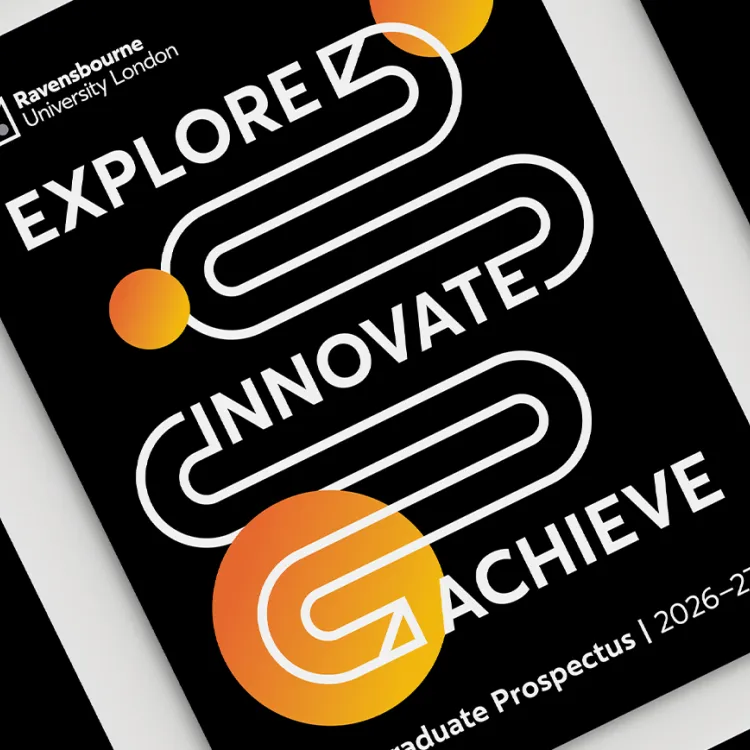Concept and creative process
The creation of the titles for ‘Great Railway Journeys’ recalled by the designer Andy Frith - a documentary series in which various celebrities made international journeys by rail.
“As it was one of the last BBC documentary series to be shot on 16mm film, the Film Editor, Richard Fretwell, came to me with the suggestion that we should project some of the great film footage from the series onto real engines. I concurred readily with the idea, although from a Motion Designer’s point of view there was little more creative ideation necessary, just careful production and intricate recces. As an avid storyboarder, creating a sequence this way was a little out of my comfort zone. But this title sequence was to be all about texture, ambiance, detail and atmosphere. A storyboard wasn’t going to help much.
The chosen film footage was duly edited into a 30 second sequence, which was then projected onto various locomotives owned by the East Lancs Railway and shot on BETA videotape over a long day using a portable motion control rig. The camera company was Stalwart Productions, Neil and Stewart, whom we worked with a lot and trusted totally.
The two main considerations left for the graphics were: how do we introduce the different journeys and how should the logo appear?
It was important for me, as we were trying to produce a sequence with a very tactile quality, that the series logo should feel inherent and believable rather than being simply type superimposed over the film. So the logo was designed to feel like a locomotive’s nameplate and made in brass, using the Johnston Typeface. It was subsequently ‘aged’ and made to look like it was in a fiery, footplate environment by flickering coloured gels over the light source. There may even have been some dry ice used to add smoke to the atmosphere.
The programme ‘subheading’ had to be digitally added to enable possible further series. In order to embed this as ‘filmically’ as possible we devised a simple wipe, using a gloved hand, so that it at least felt like part of the action and not just stuck on. We continued to project footage onto the hand to keep the visual style and continuity.”
